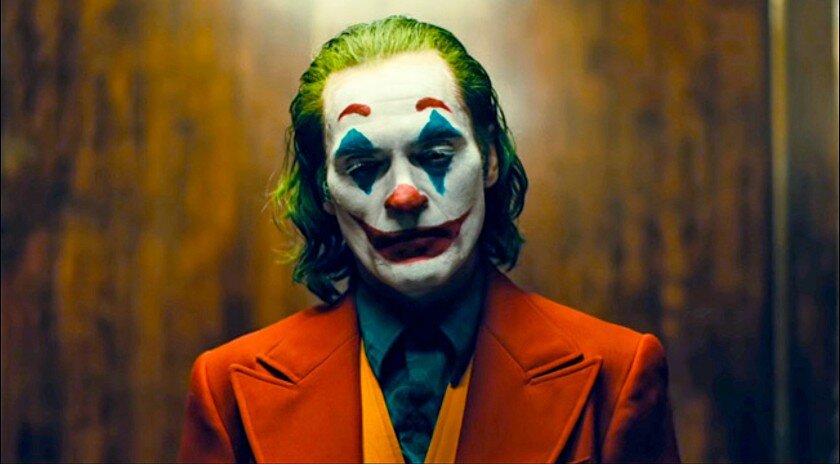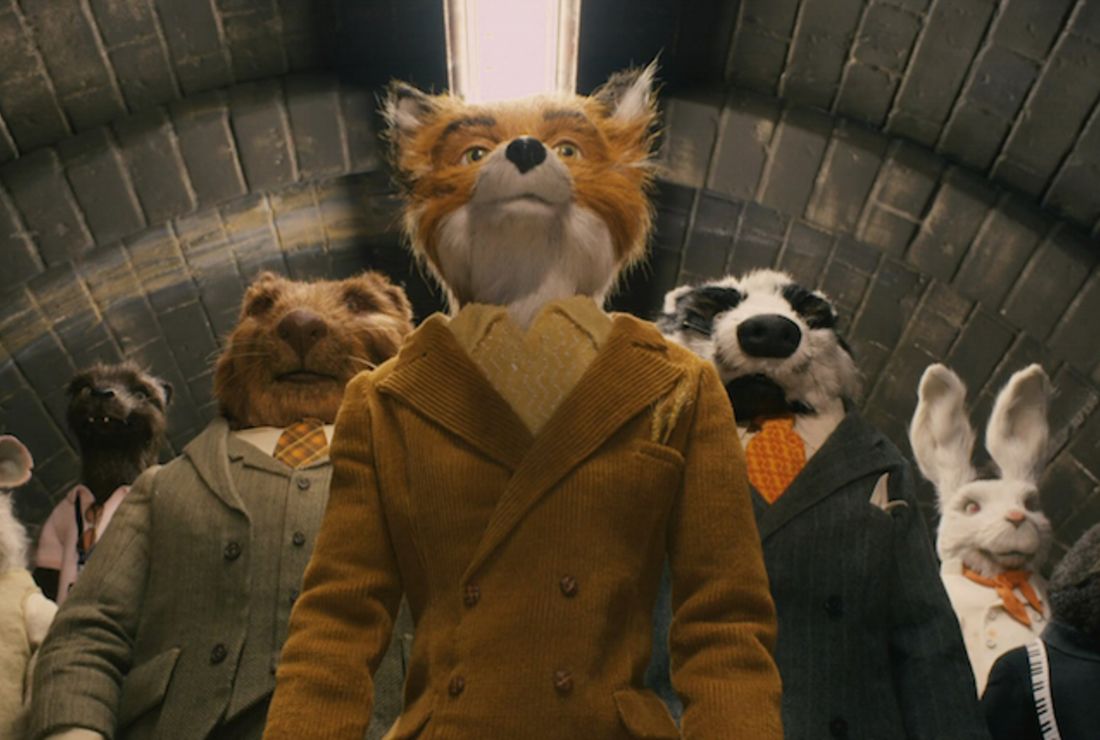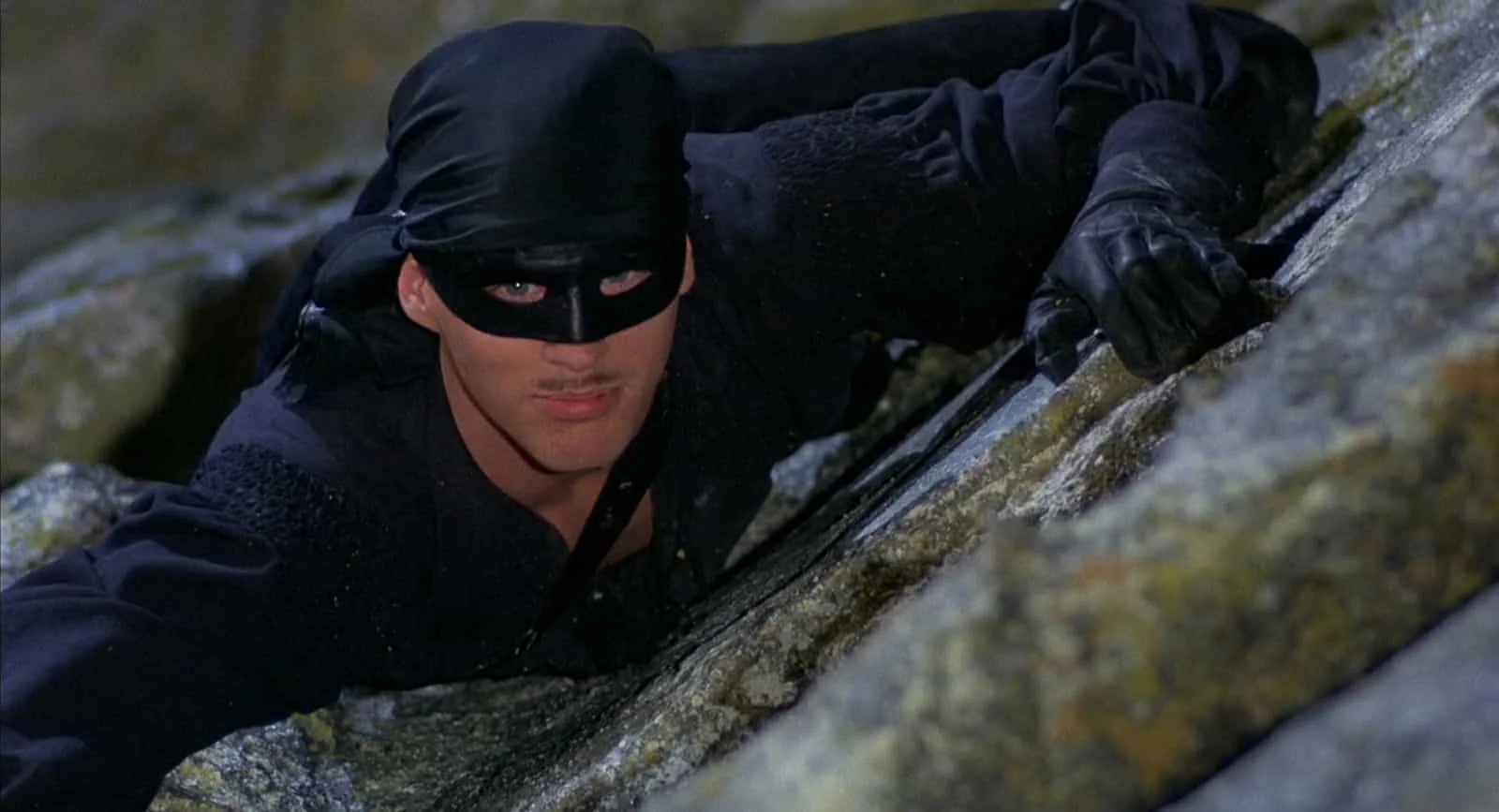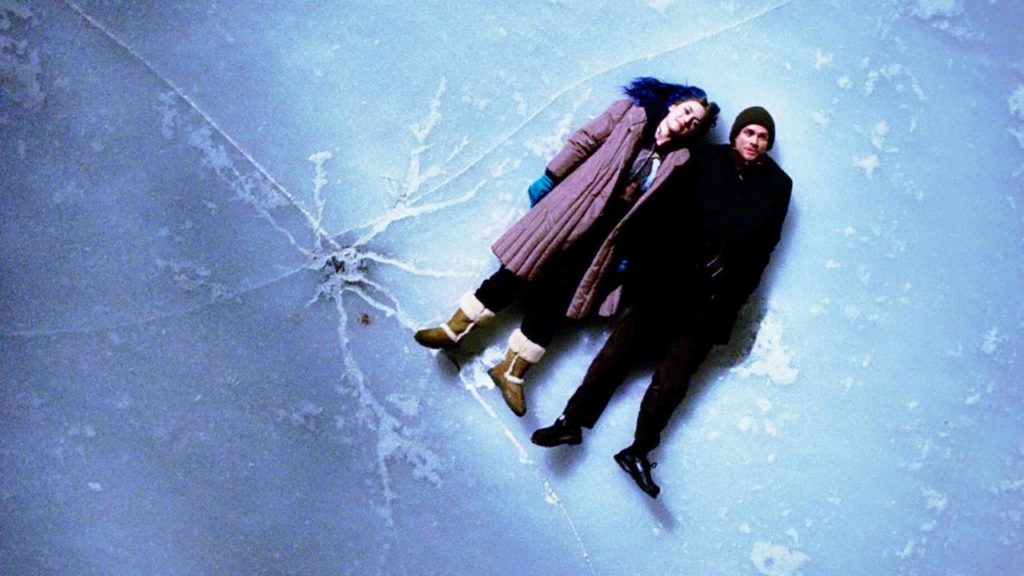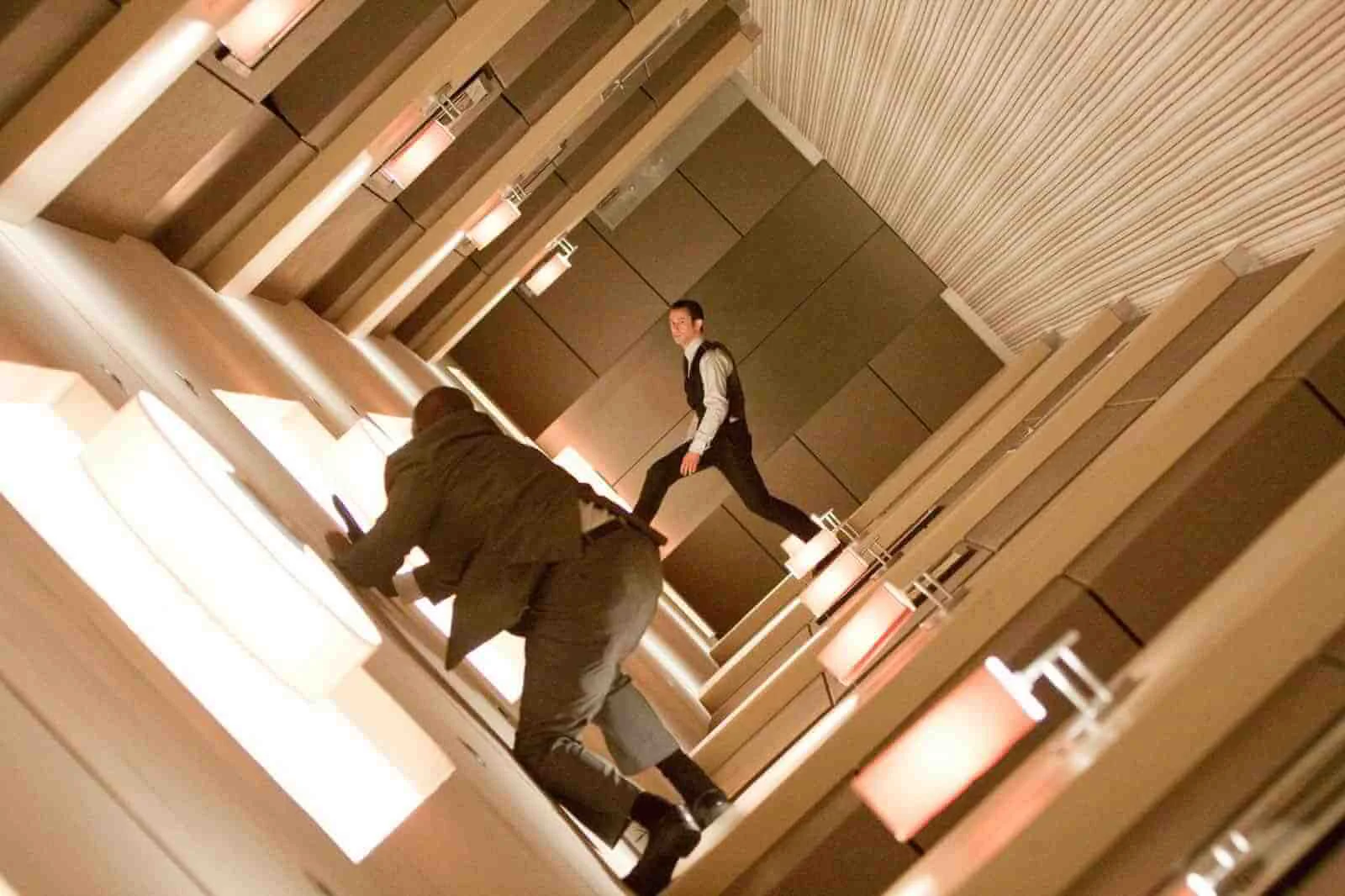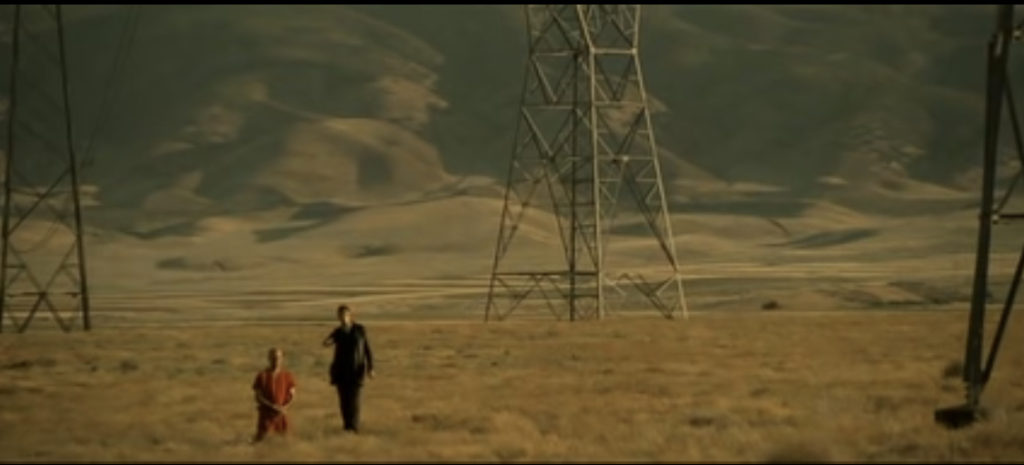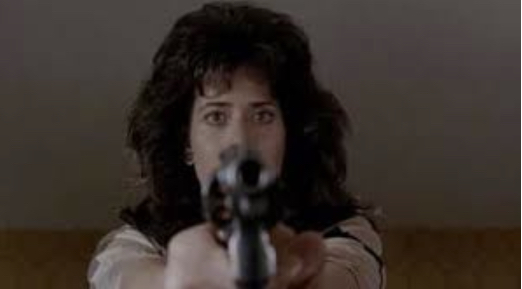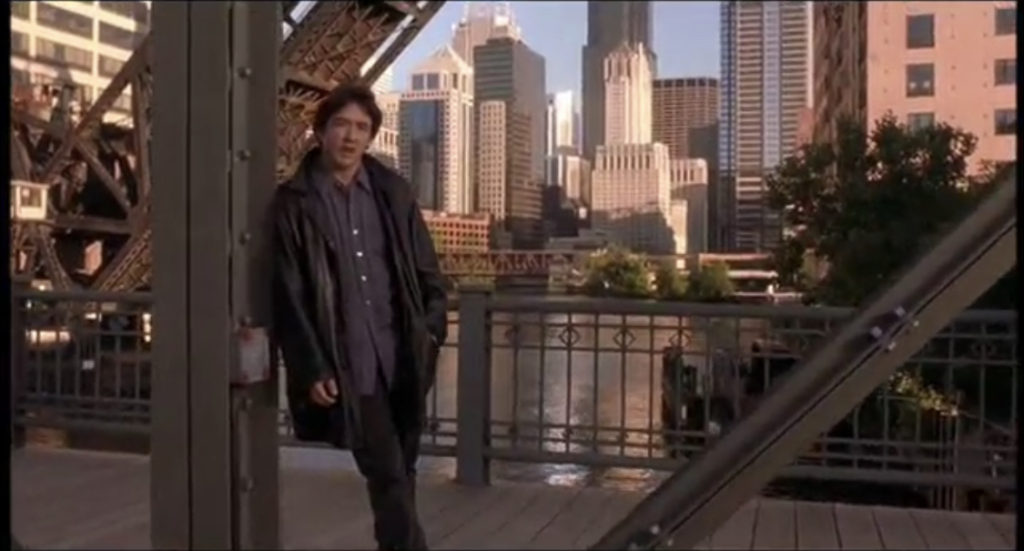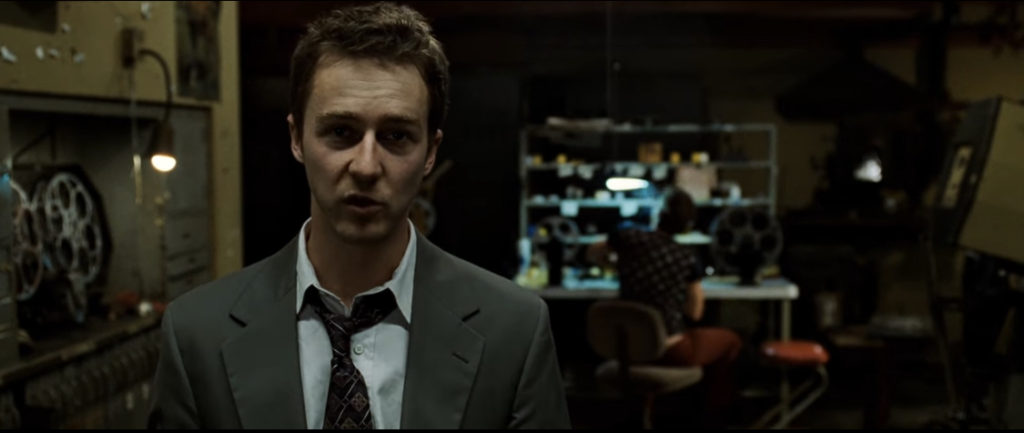High Angle:
A high angle shot is used to diminish/belittle or show who or what is being faced/challenged with a higher power. A good example of this shot being used is in The Avengers(2012,Joss Whedon), at the start of the final fight scene of the movie where aliens are invading New York City under the influence of Loki the avengers are faced with an army much greater than theirs so they take a minute to prepare and comprehend the task which is being asked of them, to protect. Meanwhile the camera angle is looking down upon the 6 which indicates to the viewer that the invaders are much more powerful than them and they are overwhelmed.

Dutch Angle:
The Dutch or canted angle is used to show a sense of unease, it shows something is off in the scene. It can also be used to emphasise a sense of speed, so in a running scene, a car chase scene e.g. In the Action movie Free Guy(2021, Shawn Levy) the dutch angle is used very well in a scene where the protagonist ‘Guy’ breaks the games programming by simply asking for a different coffee than the one every NPC in the game is programmed to ask for, so the camera zooms in on the barista as she tries to correct him and ask what Guy is asking for, Using the dutch angle in this scene emphasises the barista’s sense of turmoil and indicates to the viewer that Guy is the only NPC like him.
Free Guy(2021, Levy)
Low Angle:
A low angle shot, the opposite of a high angle shot, is quite similar to a high angle shot in the sense that a low angle is used to show what characters are in power, for example in the well performing box office film The Avengers(2012, Joss Whedon) a low angle shot is used to display the six avengers have overpowered the antagonist ‘Loki’ and his army he came to invade NYC with. Furthermore, the shot shows an intra-diegetic view of Loki’s perspective of the six, by doing this it communicates the idea that the avengers are no longer asking him to surrender but are forcing him to.
The Avengers(2012, Whedon)

